By Michael Mondezie
Carl ‘Beaver’ Henderson is a living, breathing, walking, talking, musical institution. For half a century Beaver has been a pivotal figure in the local and regional music industry. His penchant for experimentation and innovation has seen him literally warp the sounds of calypso and soca into what we know today.

You have to look no further than Kitchener’s first soca album Soca Jean, King Austin’s (Austin Lewis) genre defining ‘Progress’, Francis Escayg and Ajala’s ‘White Horse’ and Shadow’s timeless ‘Dingolay’ to see Beaver’s influence on calypso and soca.
Beaver is also the man behind these islands’ biggest international reggae hit Marlon Asher’s ‘Ganja Planter’ which topped reggae and world music charts the globe over during the mid 2000s.
The venerable musician/music producer curled his lips into a coy smile when asked by the Kitcharee to define his unique sound and global approach to music making.
‘I am calypso. I do everything across the board. But at the core of me I am calypso. So, no matter what genre of music, whether I play pop, rock, funk or reggae calypso comes out,’ Beaver said after inviting the Kitcharee into his St James music studio on Tuesday.
THE LAST MAN STANDING
The realisation that he is among the last of the crop of music men and women to emerge during the advent of soca music in the late 1970s into the 1980s has Beaver thinking of his legacy.
The Fireflight band-founder says a recent conversation with childhood friend and long-time collaborator Robin Imamshah spurred him to start putting his knowledge and thought into video recordings for an upcoming podcast project.
‘I am the last man standing. I wasn’t really aware until talking with Robin Imamshah, We realise, we are the last of the guard from that era. Talking with Robin and a couple other people I started to realise how important it is to accept that role.’
Beaver says he included ‘the five architects of soca’ into his documentary project by calling on Pelham Goddard, Arthur Marcial and Michael Boothman to join himself and Imamshah to tell the story of the rise of the genre.
‘The only one missing there is Ed Watson because of health reasons, but we are the last of the guard standing. We showed the transition from calypso to soca over a decade. It’s going to interest some of the foundation of the industry. The true story that was told. Nobody was prepped. Everybody came and told their story and all the stories lined up,’ Beaver said.
Beaver will celebrate his Golden Jubliee on the road with Peter Samuel’s mas band. The band will have three trucks of live musicians he said including his band, Second Imj and Dil-e-Nadan.
‘Its fun, fun, fun. Is not even about the business is fun. I can relax myself with no restrictions, doh have an hour to scramble. We putting on a Vegastype show with David Rudder, Tony Prescott, Carl and Carol Jacobs and Crazy (Edwin Ayoung),’ he revealed about the upcoming project.
A LIGHT BULB MOMENT
Beaver recalled the exact moment when he knew music would be his life mission. He describes it as ‘a light bulb going off ‘ in his head.
‘I was nine years old. Yuh ever hear people say a light bulb go off ? I grow up in a house of music and there was almost a ritual when you come from church on a Sunday morning, because the old man was a musician. He was always playing music around us. You come from church and there was a playlist. It started with the Vienna Orchestra and Choir playing ‘Handel’s Messiah’, then it went to a Broadway play like My Fair Lady or Sound of Music or one of them, then went to big band jazz Duke Ellington, Count Bassey, then Ella Fitzgerald and some kind of instrumental jazz.
‘I remember someday my old lady telling me, boy go and wash the dishes and I was distracted. I recognised that I was distracted because music fulling my system. I realise at that point in time this is my life, this is what I meant to be and I have to be part of this,’ he recounted.
His parents weren’t initially sold on the idea and initially resisted his requests to learn to play the piano, he recalled.
‘In those days for a boy to be asking to go piano lessons yuh parents watching yuh like wha goin on here; something suspect. It used to be kind of you is a mammy’s boy if you play piano. If yuh wanna play guitar is one thing and if yuh wanna play pan yuh is a rebel, so they stigmatise you,’ he revealed.
Owing to his persistence, the Hendersons eventually agreed to send a young Beaver to piano class, but waited a further year before investing in a piano.
‘I used to rehearse was on a tabletop, doing my piano exercises. When they realised I was a serious, a year later, they bought the piano and after that there was no turning back,’ he smiled.
Together with Imanshah he started the band Last Supper while the two were still pupils at St Mary’s College, Port of Spain. The musical outfit quickly became the most in-demand band for graduations, school bazaars, weddings and teenaged parties on the island.
‘We played everywhere, but we played ten months of the year and took vacation at Carnival time. After a couple years of that I said, but this is Trinidad and we not in Carnival. I wasn’t that versed in it although we were playing calypso at the time,’ he continued.
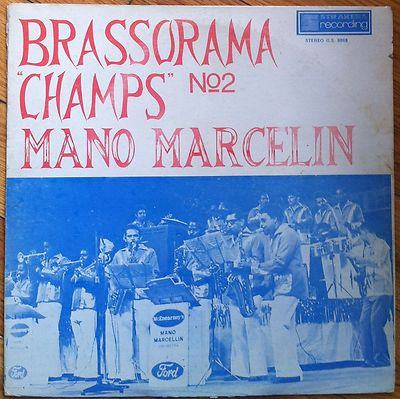
Determined to master the art of playing calypso music Beaver joined Mano Marcellin’s band and became an understudy to the legendary brass man and Frankie Francis.
‘To me those were two of the greats. They had just wone Brass-O-Rama and I joined the band to understand the innards of the working of calypso. We toured the US and Canada and I learned so much in that year; that was the foundation of me in calypso,’ he recalled.
TRANSITIONING FROM STAGE TO STUDIO
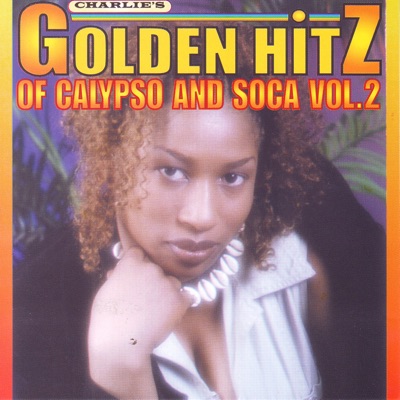
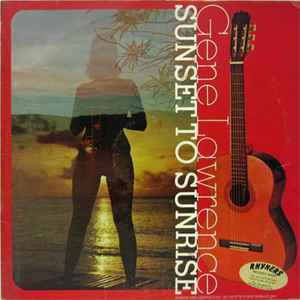
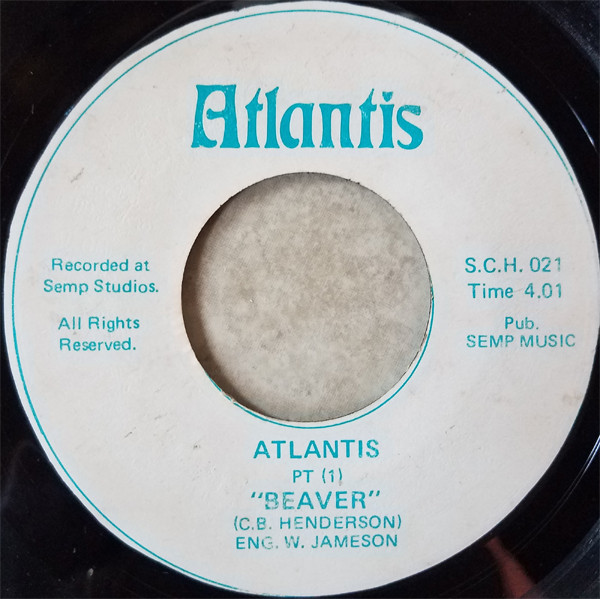

Back with Last Supper full time, Beaver answered an unexpected call from musicians David Beresford and Stan Chaman to join them one evening at their Semp Studios on Mucurapo Road. Little did he realise it would mark his introduction to music production.
‘Beaver was initially brought by the duo to play synthesiser on Gene Lawrence’s 1977 track ‘After Sunrise’ on the Sunset to Sunrise EP. He ended up leaving the studio 12 hours later having helped them complete the entire album project.
Two months later Beresford and Chaman walked in on their young talent and said: ‘Beaver, tomorrow you producing a track’.
‘I say, but I never produced on my own. They say ‘doh worry we bringing a new artiste and you just produce man; we have faith in you’. The artiste was Denyse Plummer.”
Beaver produced Plummer’s first ever recording, a cover of American singer/ songwriter Linda Ronstadt’s ‘Blue Bayou’. A year later he produced Poser’s (Sylvester Lockhart) 1979 Road March Winner ‘Ah Tell She (Smoke A Watty)’. The following year he produced Austin’s ‘Progress’ with Winsford Devine.
Less than a year later Beaver found himself at the production helm of the late great Ras Shorty I’s (Garfield Blackman) now iconic Om Shanti album. He would go on to break new ground and help to develop a whole new subgenre chutney soca.
‘1980 was a very pivotal year for me. I had just finished doing Shorty’s Om Shanti. And (the late) Moean Mohammed told me in studio ‘Beaver, the creole and dem taking we music and doing soca, why we cyah take some of their music on our side’.

‘I say ok, leh we do that and he brought Indian musician Anup Jalota to the studio and say allyuh come up with something. That was the first Mastana Bahaar album with Sundar Popo and all of them the origins of chutney soca and Moean never get credit for that,’ Beaver added with a shake of the head.
AN ANALOGUE KID IN A DIGITAL WORLD
There is little to regret over the past 50 years, Beaver maintains. Pausing to digest his own words he added that perhaps if he could change one thing it would be having the music tech toys he now enjoys much sooner in his career saying he feels like ‘an analogue kid in a digital world’.
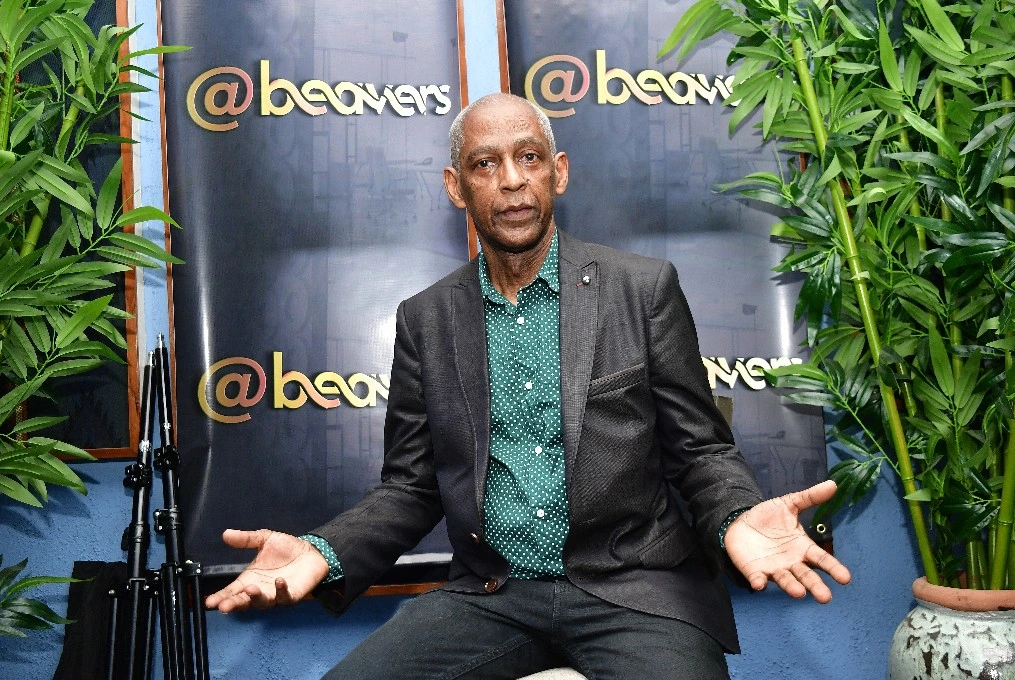
‘I always tell people I am like a Formula One driver. When the stater says start your engines the first thing I do is rip off my rear view and side mirrors. I only look forward. When you start to look back you have remorse and sorrowful feelings. The only thing close to a regret is I wish I had the tech I have now back then.”
The visionary musician recalled a 1980 ‘what if ‘ session he had with former Fireflight bandmate cum sound engineering genius Martin ‘Mice’ Raymond. To two sat for hours imagining the capabilities of future music tech.
‘Things I could only dream of years ago I could now accomplish. We have lived to see every single thing we thought of come to pass. We were dreaming and we couldn’t even understand how the tech would do it but everything has come to pass,’ he said.
Beaver said he is about to step into the final frontier of that discussion by staging live performances in the metaverse.
‘The last thing we talked about was to be able to tour the world and doh leave Trinidad. And Martin watch me like yuh talkin ish, now it will soon come to pass we going into the metaverse. It will be unlike anything we have seen before locally,’ he said.
ONUS ON NEXT GEN TO ONE AGAIN BREAK THE CEILING
Beaver says he is genuinely excited to see what the next generation of music producers in T& T can dream up and accomplish. As a man ‘rebuffed by the generation before’ he urges young creatives to ignore the noise and follow the paths the music leads them down.
‘I remember even people in my generation saying ‘Beaver wha yuh doing? That eh go sell, it cannot sell here’. But I use that as a strength. The more you used to tell me I cyah do something… my father always to tell people that doh tell him he cyah do something, that would drive him more.”
‘When we see the younger guys doing things, we cyah be against dem. It is their job now to be breaking the glass ceiling and breaking down the walls. When I did (Brother Marvin’s) ‘Jahaji Bhai’ some of it was programmed on the computer and someone asked a well known producer what he think about that and he said ‘doh study Beaver and dem and that computer music that ting go faze out just now’. Look at where we are at today,’ he smirked again.
Beaver, however, advises young producers to hone their craft and understand how to program a computer to sound like live instruments.
‘I try to blend between the live and computer generated, but even when I do computer generated because of my experience with live musicians I programme with those imperfection. You don’t programme clinically because then it sounds too stiff. I hear that in music production here, but its just inexperience,’ he said.
TRINIBAD IS THE FUTURE
Trinibad music and the attention it’s receiving from the world should excite every musician on the island, Beaver said. While the music has been widely criticised by many mainstream acts for its violent content, Beaver said to not get involved in charting the course of the local dancehall sub-genre could leave many soca creators with egg on their faces.
‘My advice to them is do not make that mistake, please don’t. I’ve seen it happen over and over. Just look at the results. These young guys will do a song and in no time at all their numbers are cranking up on YouTube and Tik Tok. So, if there is a result happening to what they doing then there is a reason that success is happening.
‘They (soca artistes) have to understand the same way we as the older ones gave up a space for someone else to come in they have to now do the same. That’s how this industry works, whether they like it or not. They have to give up a space for these Trinibad artiste to come into.
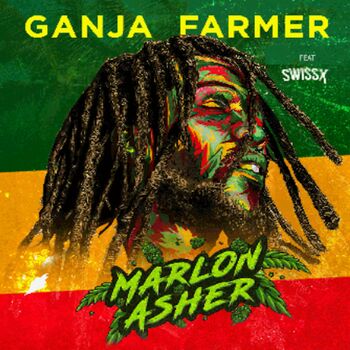
‘When I did Marlon Asher’s ‘Ganja Farmer’ that was one of the biggest walls I bounce up in the music industry. When I was mixing ‘Ganja Farmer’ I had two of the top programme directors in radio stations in T& T listen to it and the story was ‘yeh Beaver it nice yuh know, but…’ ‘From the time you hear that ‘but’ you know is no airplay. But we sent it out internationally and it became a huge hit. By the time Trinidad recognised ‘Ganja Farmer’ it was a hit on the charts outside there. They didn’t even realise it was a local artiste. So with regards to the Trinibad artistes if soca artistes don’t wake up they gonna get embarrassed,’ he concluded.

One of the most heart warming articles I have ever read. So good to hear from Beaver. the man is a living breathing legend. As musical arranger of Massive Chandelier I worked alongside Ancil Perez Forde and others and had several clashes in Fetes with CBH and fireflight. Beaver is hugely underrated and remains relatively unknown to most, but fortunately for him ,that’s usually the way of great men. My brother Richard “Mack” Mc Kenzie also arranged keyboards with Robin Imamshah in Shandileer.